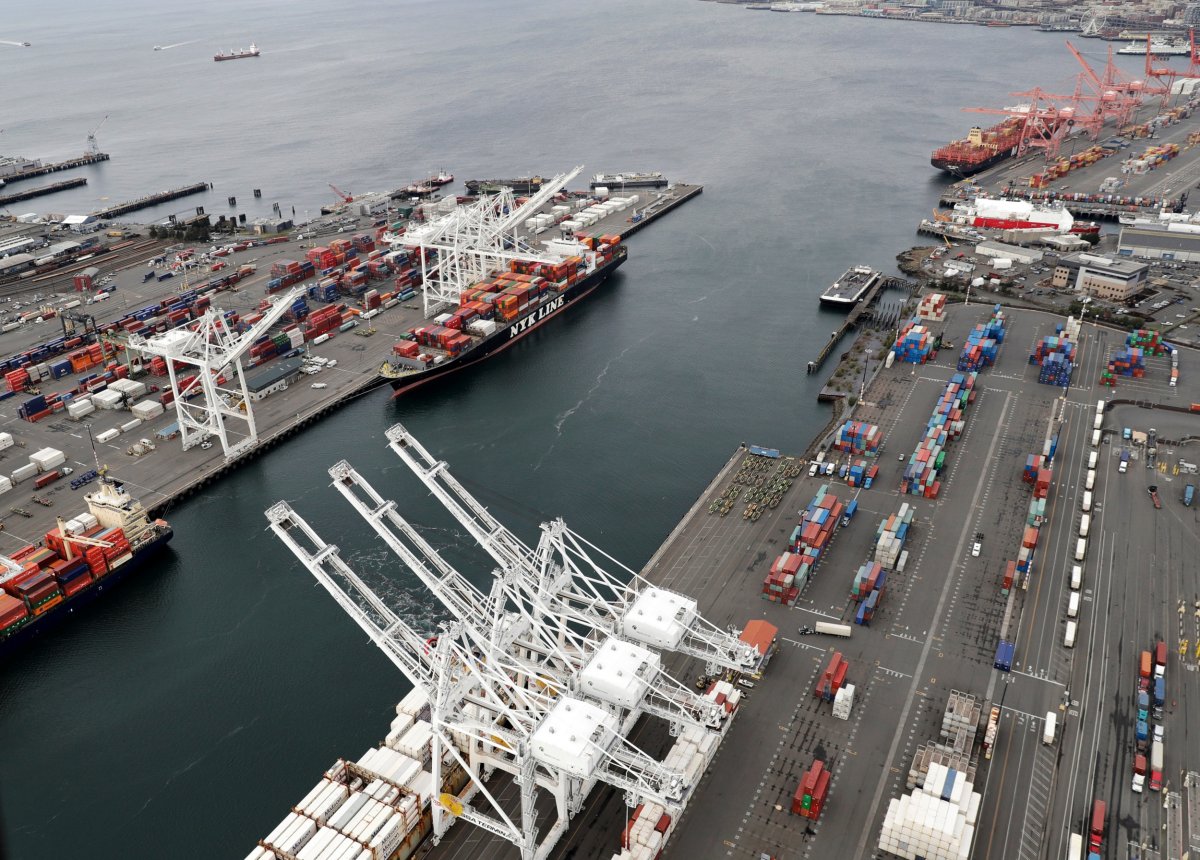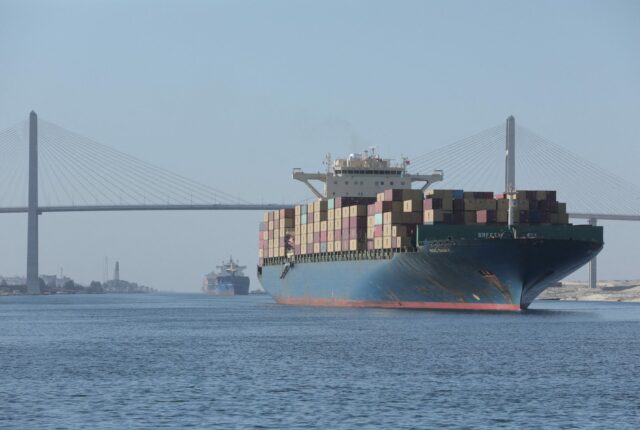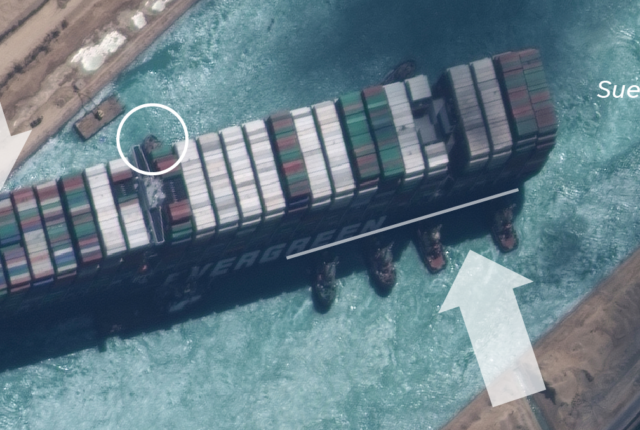
Trade Wars and Tides: The Ripple Effects of U.S.–China Tariffs on Sea Freight
Imagine trying to steer a massive cargo ship through a sudden storm—that’s what today’s global sea freight industry is facing, thanks to a fresh wave of U.S. tariffs on Chinese goods.
In 2025, the trade war that never quite ended is surging back, and this time, it’s hammering ports, shippers, and consumers with full force.
The Rise of Tariff Tensions in 2025
President Trump’s reintroduction of tariffs—up to 145% on Chinese imports—under a new “Liberation Day” policy has set off a chain reaction. Billions of dollars’ worth of goods are now caught in limbo, and global sea freight is reeling from the blow.
Why Sea Freight is the First to Feel the Impact
Why hit sea freight so hard? It’s simple: 90% of global trade moves by water. When tariffs slap key suppliers like China, it’s the ships that stop moving first. And when the ships stop, everything else slows down too.
The Shipping Crunch: Fewer Ships, Higher Stakes
A Wave of Cancellations and “Blank Sailings”
Shipping companies are responding by slashing schedules. These “blank sailings” — canceled voyages — now affect nearly 30–40% of trans-Pacific capacity. That’s like canceling every third flight in a global airline network.
Plummeting Trans-Pacific Cargo Volumes
Ocean container bookings from China to the U.S. have tanked by 60% since April. The Port of Los Angeles is bracing for a 35% decline in Chinese shipments. For a logistics hub that thrives on volume, this drop is seismic.
Supply Chains on the Move
From China to Vietnam – The Great Freight Shift
Companies aren’t just waiting out the storm—they’re rerouting. Vietnam and Southeast Asia are seeing a surge in demand as businesses pivot away from China. It’s like suddenly sending all your mail through a new post office—confusion and congestion are inevitable.
Congested Ports and Equipment Chaos
But with this shift comes chaos. Ports in Vietnam and Malaysia are buckling under pressure. There’s not enough equipment, not enough space, and certainly not enough time to keep up.
Price Tags and Empty Shelves
How Retailers Are Feeling the Pinch
Retail giants like Walmart and Target are already reporting supply issues. From clothing to electronics, shelves are thinning out—and not just from panic buying.
Why Consumers Are Paying the Price
These disruptions are pushing prices up. Even online shoppers on sites like Temu or Shein are noticing higher prices and longer delivery times. It’s like paying more for less—nobody wins.
Economic Undercurrents
A Dip in U.S. GDP and Jobs
The U.S. economy isn’t immune either. GDP shrank 0.3% in Q1 2025—its first decline in three years. That’s a flashing red light for economists.
Layoffs Loom in Logistics
With fewer goods to move, warehouses and trucking companies are scaling back. Over 60,000 jobs were added in April, but that’s sluggish by historical standards. Layoffs are quietly beginning to ripple across logistics firms.
The Rise of Origin Washing
Creative (and Risky) Ways to Dodge Tariffs
Some exporters are getting clever—maybe too clever. They’re routing Chinese goods through countries like Malaysia to hide their origin. This tactic, known as “origin washing,” skirts the rules but draws scrutiny.
Legal Grey Areas and Compliance Woes
These maneuvers invite legal headaches and customs crackdowns. It’s a cat-and-mouse game, and sooner or later, someone gets caught.
Winners, Losers, and Unintended Consequences
Southeast Asia’s Surprise Boom
Vietnam and Indonesia are unexpected winners, benefiting from diverted trade. But the boon comes with bottlenecks—and sustainability questions.
The U.S. Ports Left in the Lurch
Meanwhile, major U.S. ports are losing volume, revenue, and relevance. It’s a paradox—protectionist policies that harm domestic ports.
The Long-Term Horizon – What’s Next?
Will Protectionism Pay Off?
Supporters argue that the tariffs protect American jobs and industry. But if they backfire by disrupting supply chains and raising prices, are they really helping?
Can Global Trade Regain Balance?
It’s clear that global trade needs a reset—but not at the expense of stability. The question now is whether diplomacy can fix what tariffs have torn apart.
Conclusion – Rough Seas Ahead
The latest round of U.S.–China tariffs has sent tidal waves through sea freight, shaking the foundations of global logistics. From ship cancellations and shifting trade routes to economic slowdowns and retail price hikes, the ripple effects are real—and growing. As companies adapt and governments double down, one thing is certain: navigating this trade storm will take more than just steady hands. It’ll take global cooperation, smarter logistics, and a long view of what truly keeps the world moving.
FAQs
How do U.S.–China tariffs directly affect sea freight?
They reduce shipping demand, triggering canceled sailings, lower cargo volumes, and strained port operations.
What are “blank sailings,” and why are they increasing?
Blank sailings are canceled voyages. They’re rising because carriers are avoiding unprofitable or low-demand routes caused by the tariffs.
Why are Southeast Asian ports suddenly booming?
Many businesses are rerouting shipments from China to Southeast Asia to dodge tariffs, creating a surge in demand at those ports.






